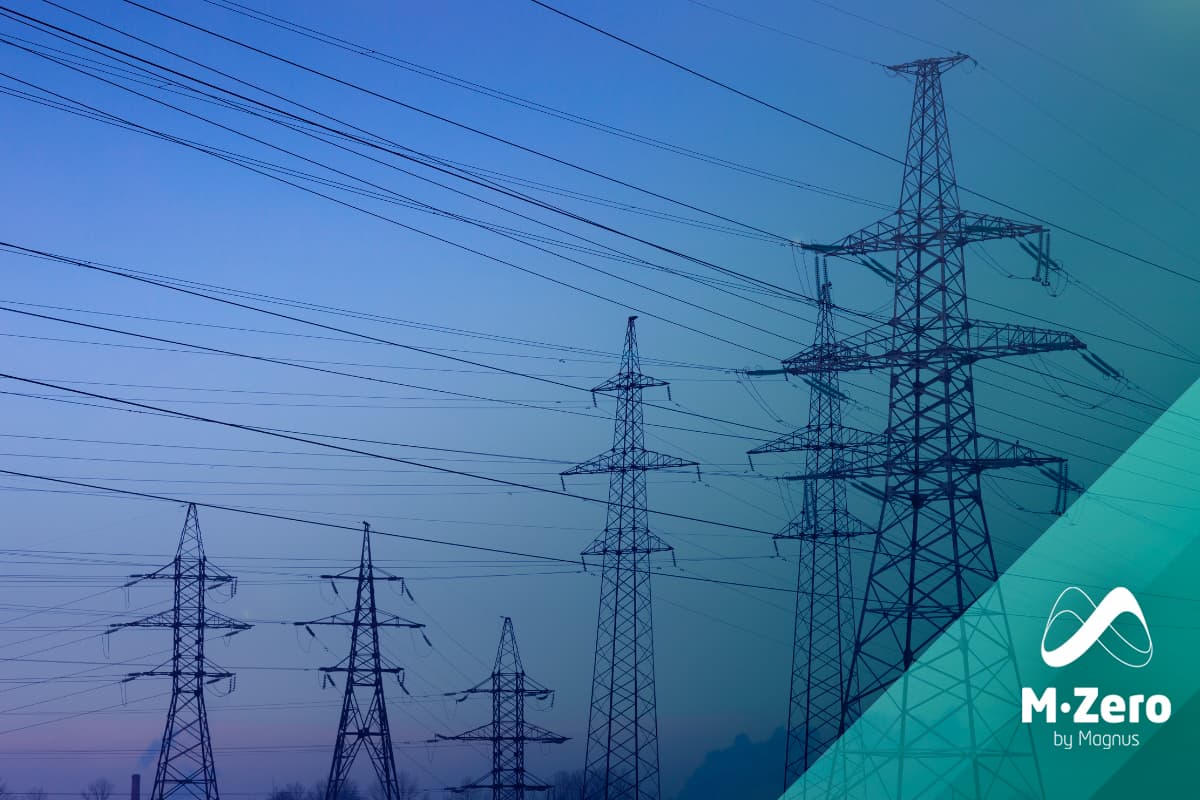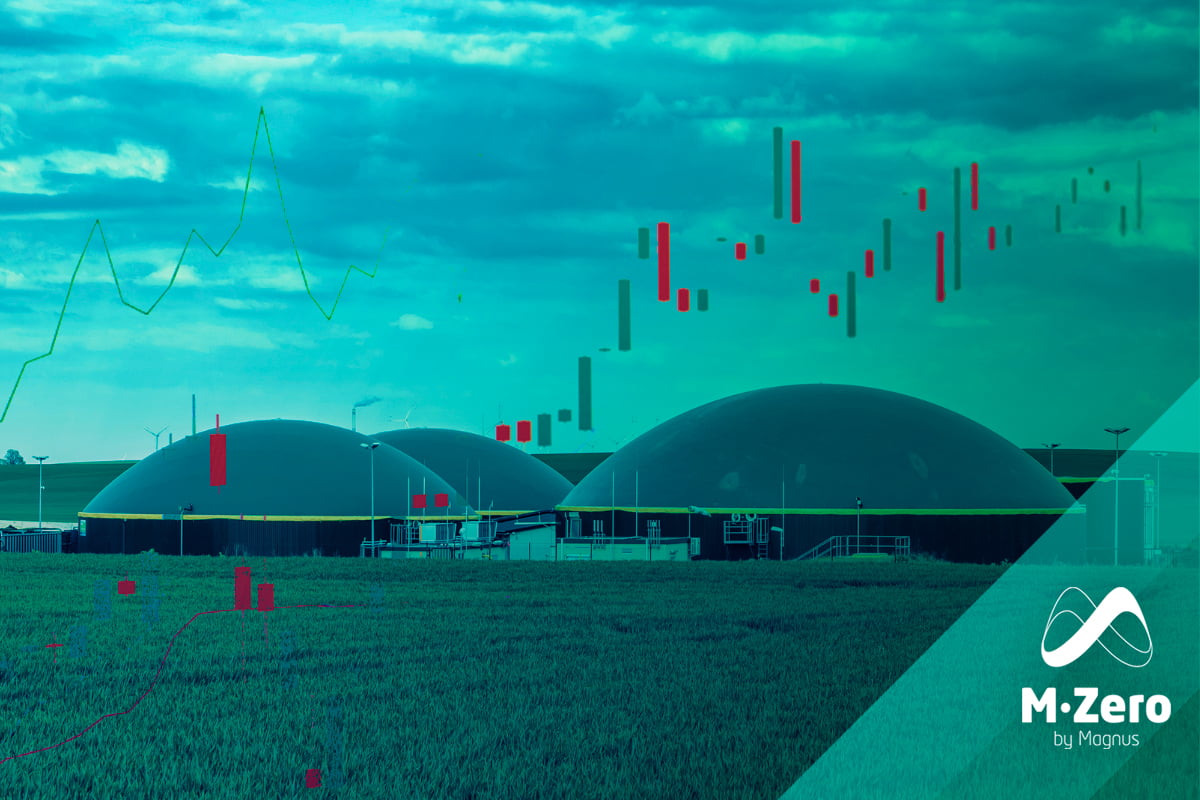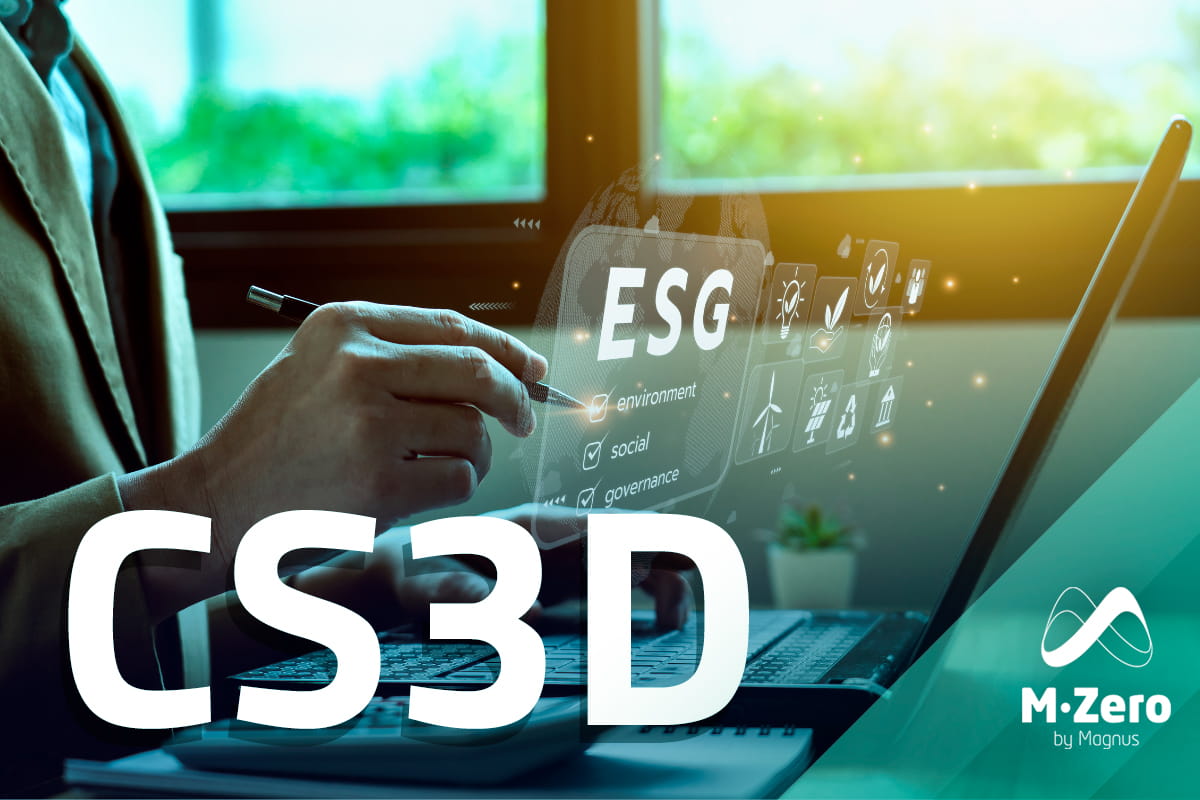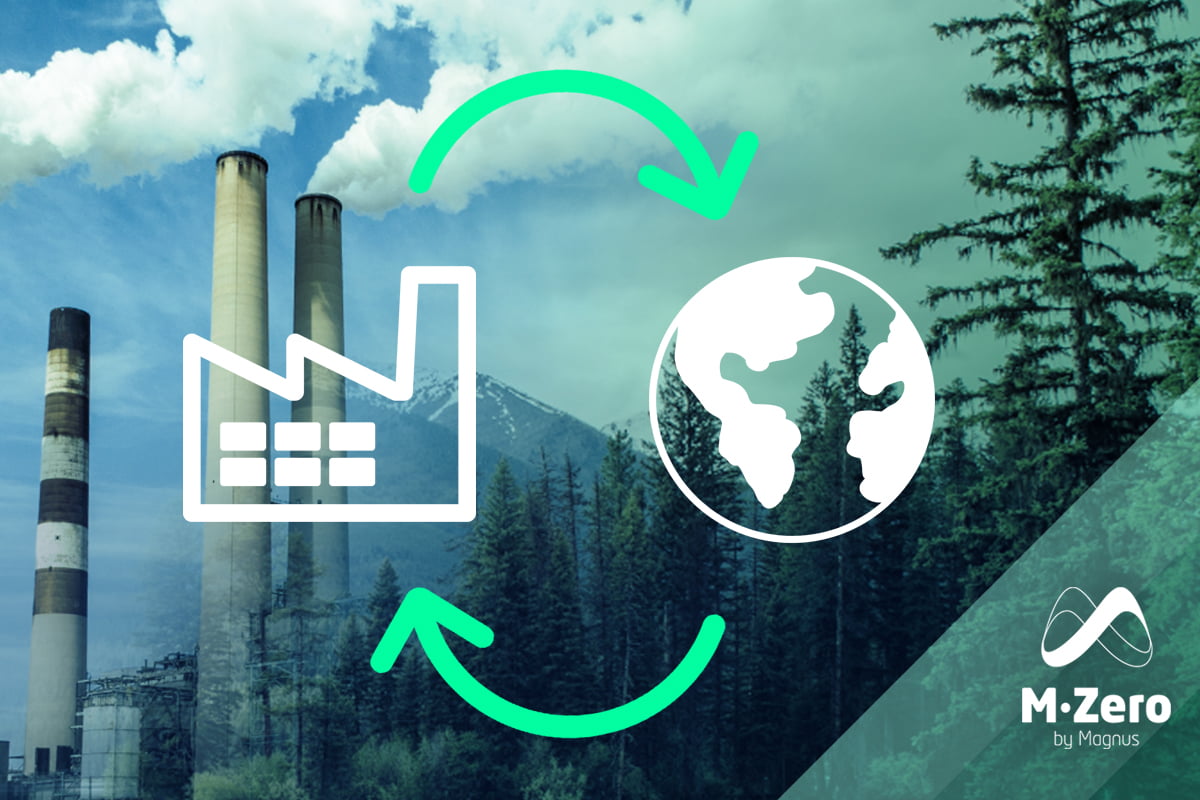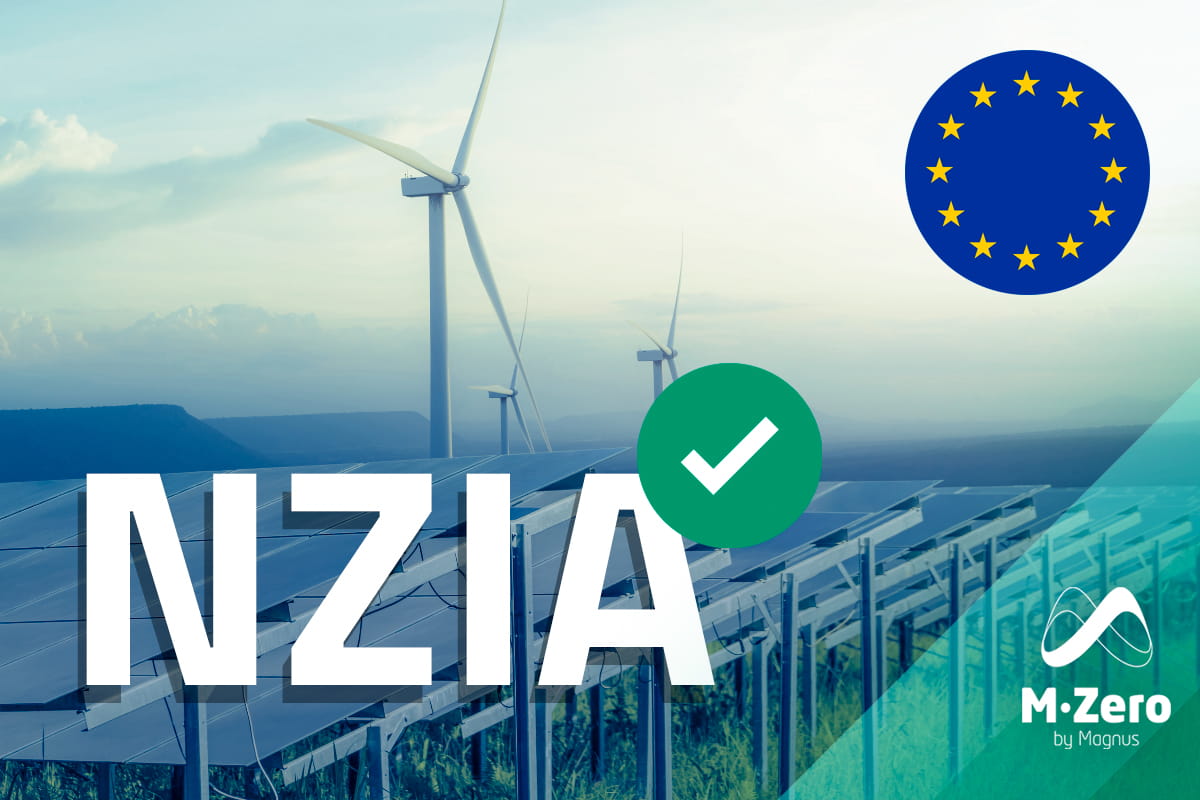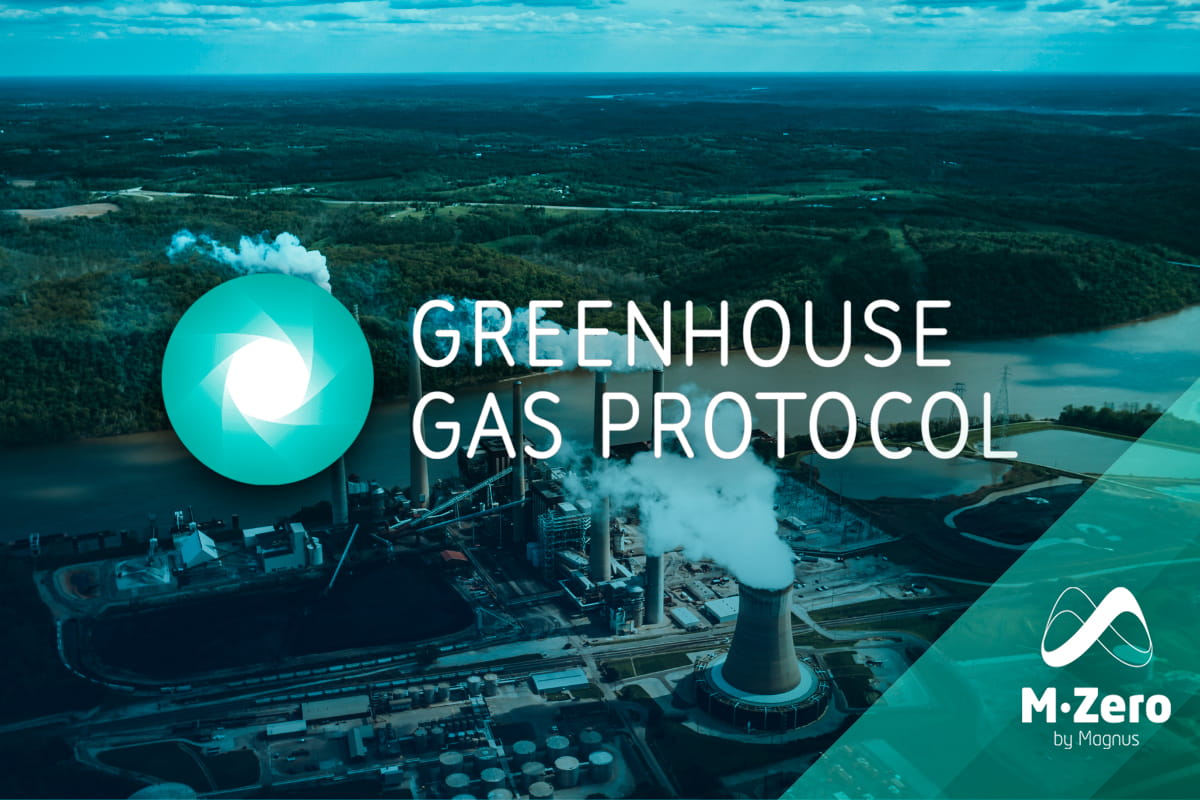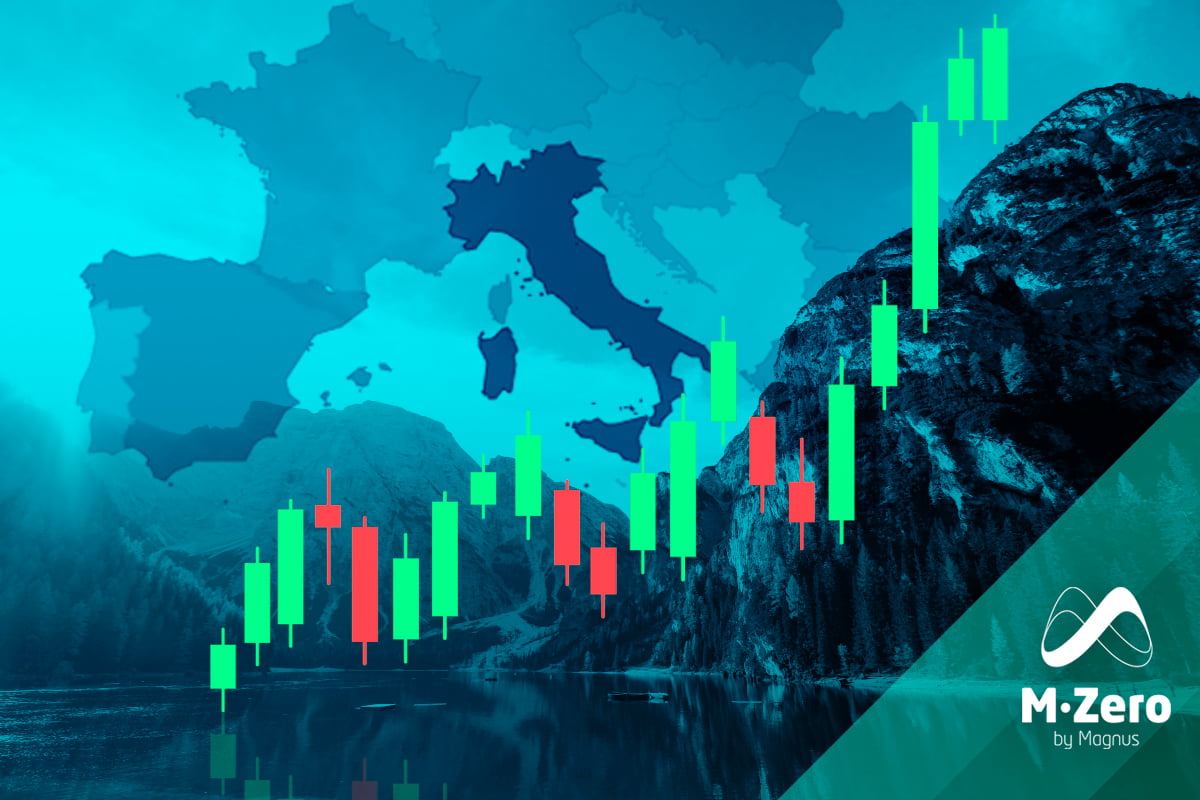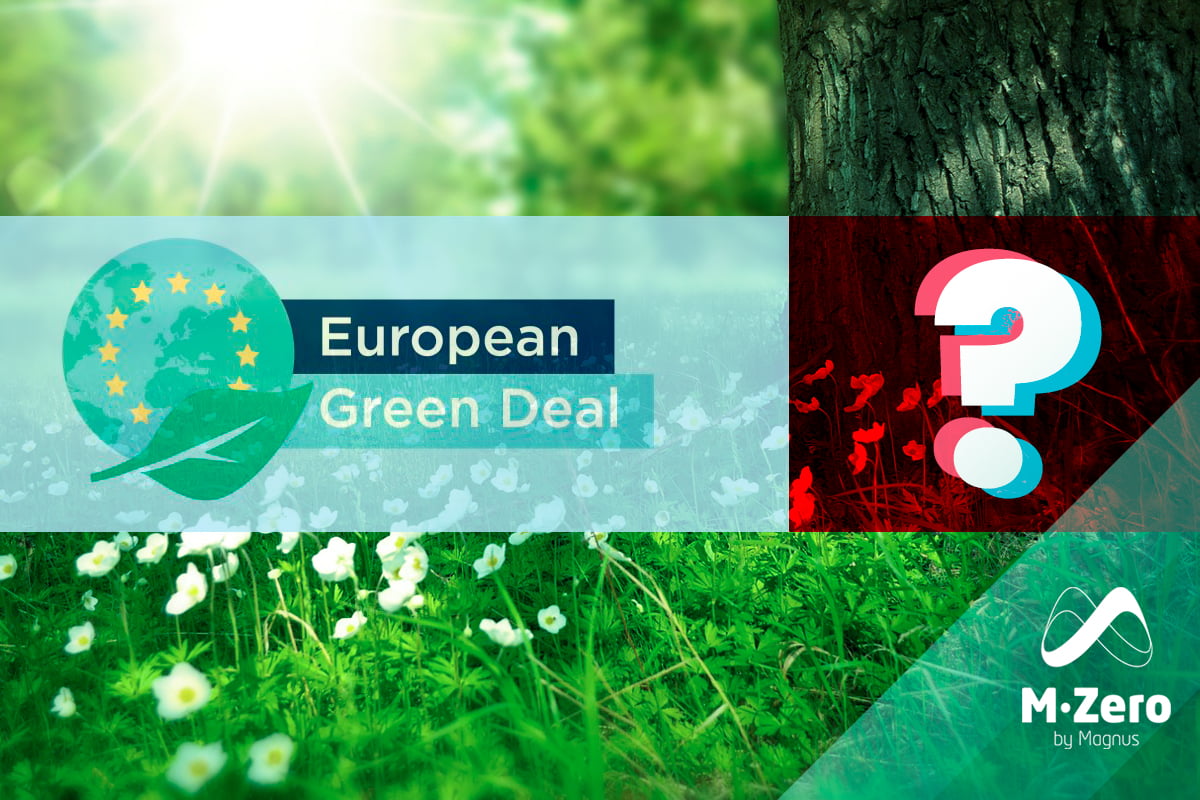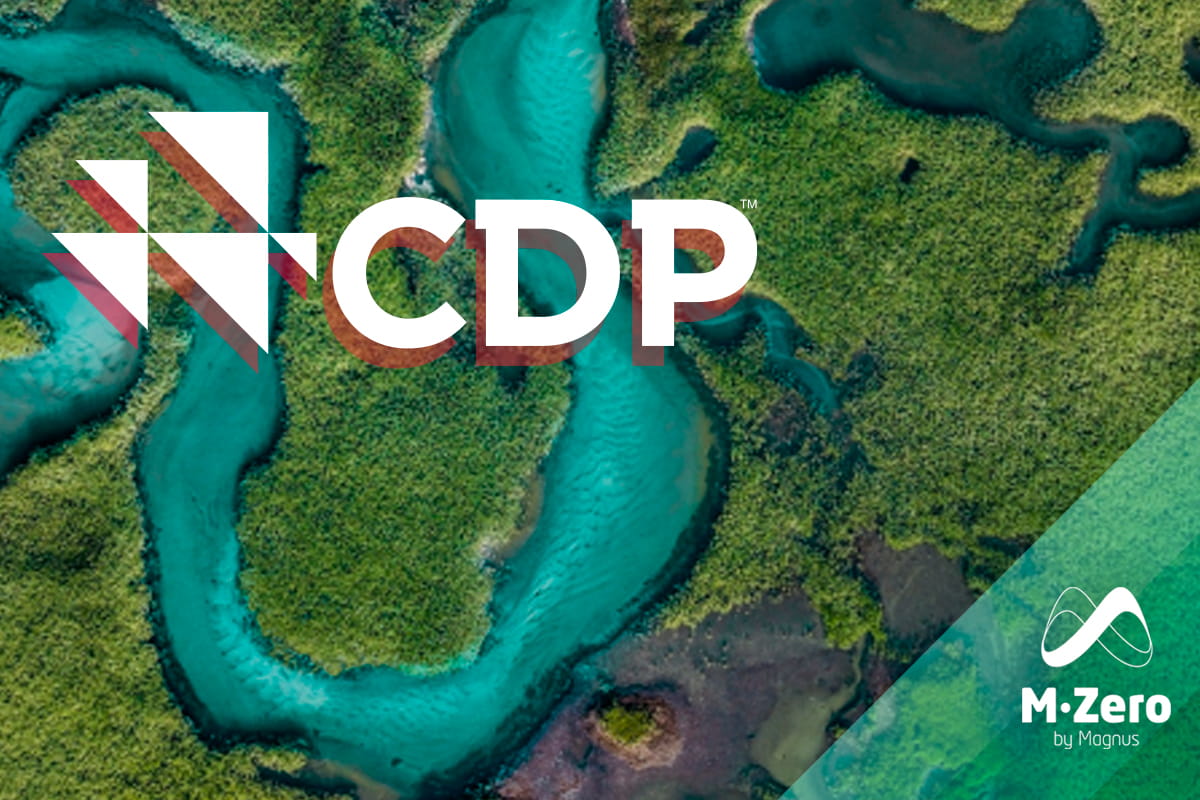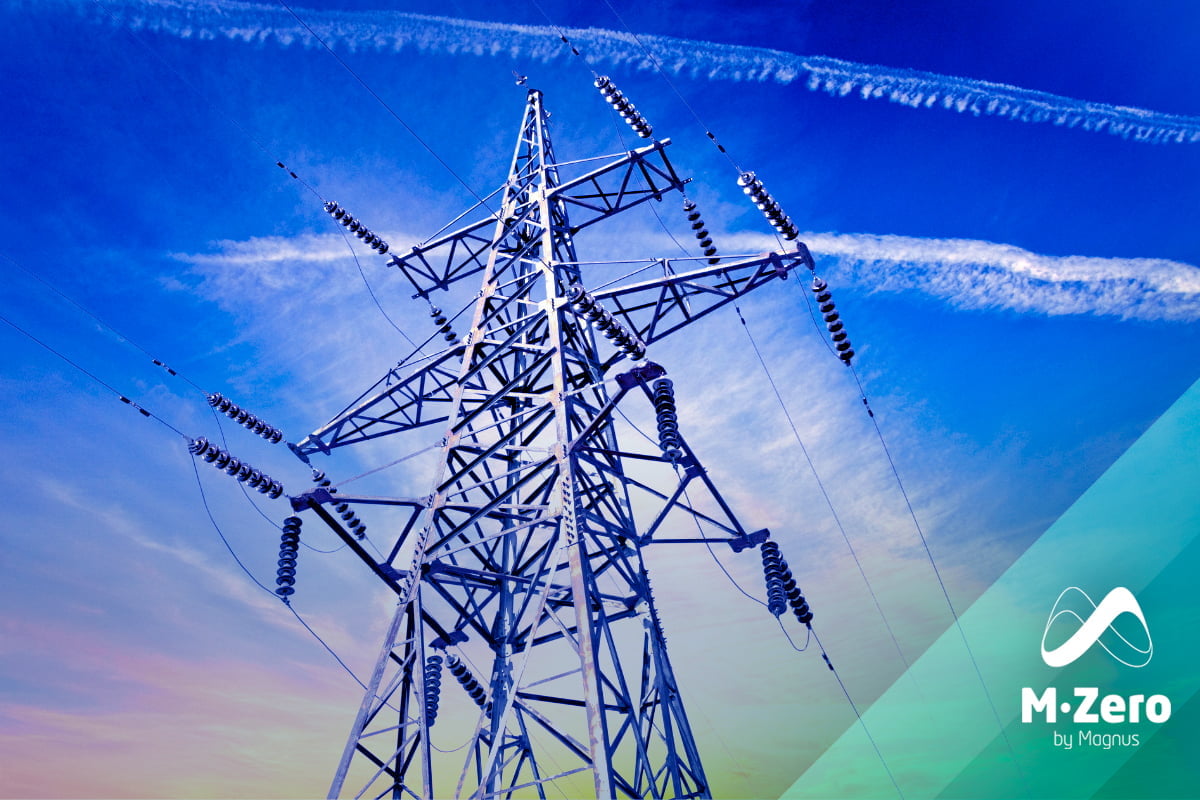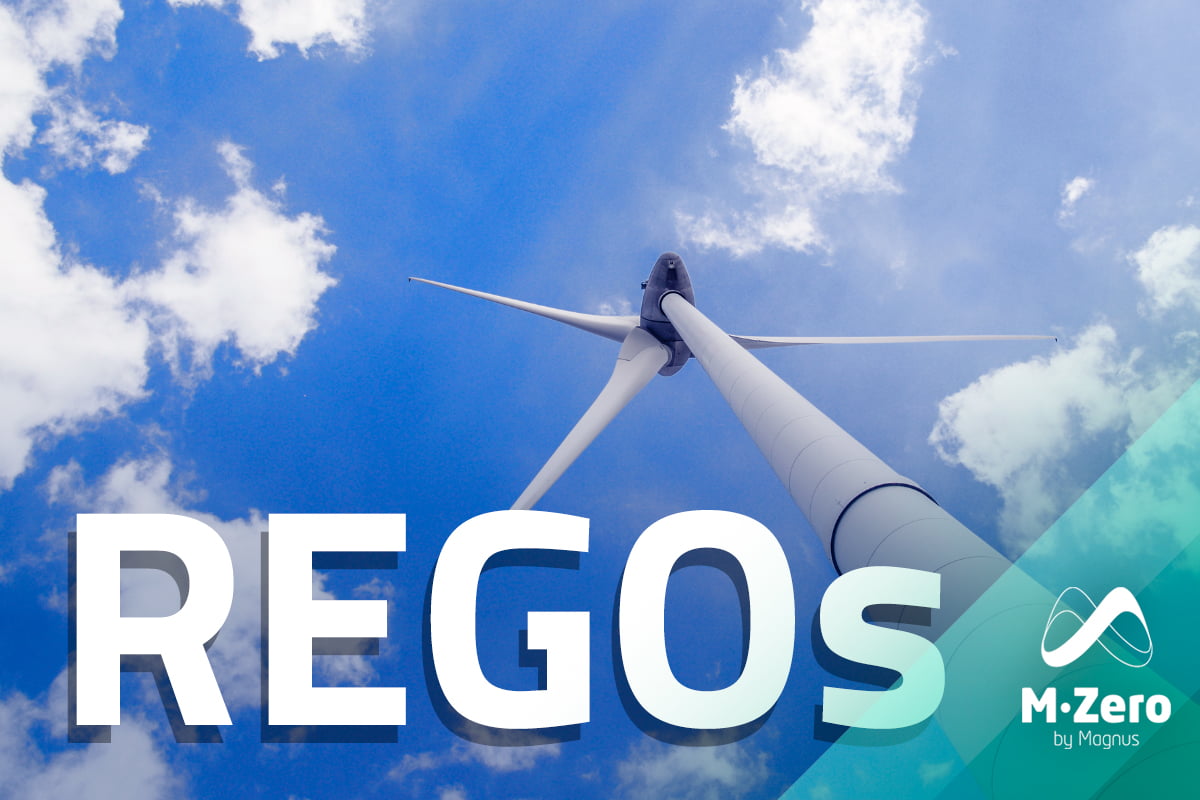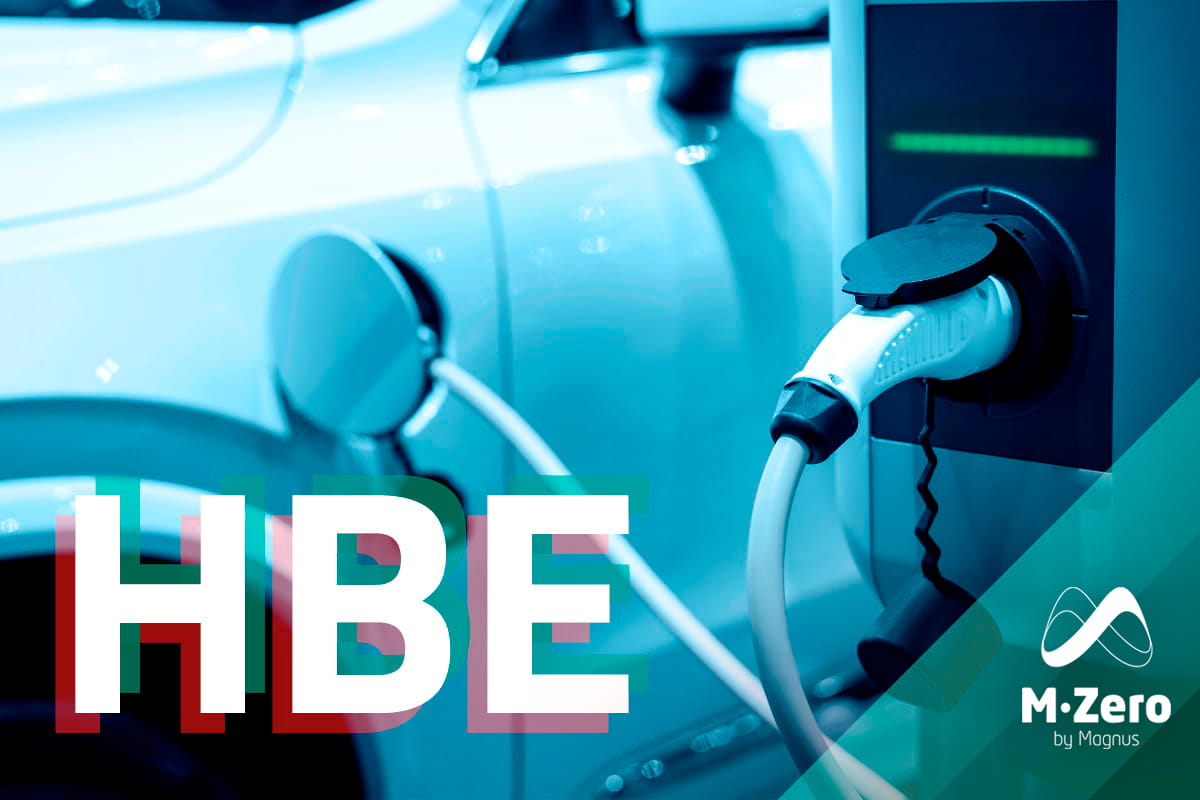
Guarantees of origin represent an increasingly large and rapidly evolving market. Created by the European Union in 2001 to enable the decarbonization of the electricity system, the GO market has experienced significant volume growth in recent years. After remaining below €1/MWh for many years since its creation, prices spiked to between €8/MWh and €9/MWh in 2022 and early 2023. Although prices normalized slightly at the end of 2023, they remain at historically high levels in the 2025-2026 forward products.
As a result of market developments, reference prices are becoming increasingly important for both suppliers and customers. The current price level – €4/MWh – represents a significant part of the business for renewable energy players supplying GOs (equivalent to around 0.7% of IRR (estimate based on an example of a German onshore wind project with CoD in 2025, assuming a constant lifetime price of the GO – McKinsey analysis).
Given the often-competitive nature of subsidy regimes, this is an indispensable factor in investment decisions for renewable energy projects. For customers, GoOs are an important way to meet decarbonization targets, especially in the medium term when other decarbonization pathways remain uneconomic.
GoOs started as a traceability mechanism and for most of the years since their inception, the market has been oversupplied. More recently, we have seen a rapid tightening of the market due to a rapid increase in demand for GoOs.
As a result, prices and volatility in the market have increased dramatically, with prices falling to around €1-2/MWh in 2018 and 2019, then rising to €9/MWh in 2022, and currently falling again by around 40-50% compared to 2022. The main exception is the UK guarantee of origin market – REGOs – which is trading at GBP 21/MWh. This is significant growth: the market has doubled in volume and more than doubled in value. It also means that REGO has moved from being just a traceability mechanism to being an important part of the business case for renewable energy developers.
VOLATILITY
Market participants indicate that supply will continue to grow, but also that corporate demand will increase, particularly because of new reporting requirements such as the EU Corporate Sustainability Reporting Directive. However, supply is very intermittent, and demand is difficult to model as willingness to pay depends on several factors. This makes the market difficult to predict and likely to be very volatile soon.
Given the uncertainty of the energy market in general, many of MAGNUS COMMODITIES’ clients prefer to hedge their long-term exposure to GoOs rather than their overall exposure. This is particularly true for consumers who believe that the overall energy market will be well supplied, but that the renewable energy market may be more stressed because of new policies and regulations.
REGULATION
The aim of regulators is to create traceability and speed up the market. There are currently two systems in the EU. The current system is the integrated framework of the European Energy Certification System (EECS), which allows the issuance, transfer, and cancellation of GOs (market-based system9). An alternative, often discussed and accepte Going into the end of the first month of 2024, the European GO market was characterized by two main points; 1) significant volatility in market performance, especially since the end of 2023, marked by fluctuating trends ranging from minimal changes to notable losses, and 2) a resurgence of market activity, especially as stakeholders prepare for the upcoming March disclosure deadline, which is expected to greatly influence market trends and policies.
In addition, 2023 GOs experienced high activity and liquidity, reflecting a change in producers’ strategies due to unfulfilled expectations of price increases at the end of December. This highlights the market’s sensitivity to current conditions and investor sentiment, with a focus on near-term needs (2023 and 2024). The expectation of volatility will be ongoing. by bodies such as CDP, is the location-based system (see Scope 2 Guidance | GHG Protocol), whereby companies benefit from being connected to a grid with a low generation emission factor without taking any specific action themselves. Both systems have their advantages, but with the location-based system, the ultimate incentive for developers to build more renewable energy projects is limited.
In any case, it is important that regulators stick to one of these two systems and provide a very clear and consistent framework. In addition, as other regulatory initiatives and requirements emerge and develop – such as additionality requirements for green hydrogen – it is important that governments are an integral part of the discussions to avoid creating too many parallel systems to navigate.
ROLE
All types of certificates have a similar role: to channel investment from customers who want to decarbonize to suppliers who need the investment to achieve that decarbonization.
A good example of how policymakers are helping to create clarity and cooperation for market participants is the first set of European Sustainability Reporting Standards (ESRS), which clearly endorse GoOs as the primary method for demonstrating renewable energy consumption (stating that renewable origin should be proven through contractual arrangements such as PPAs, green tariffs or market-based instruments).
If a governing body can create this clarity, it will provide the right conditions and comfort for consumers and producers to make the longer-term commitments by expanding the sector as quickly as possible to reach our climate goals.
If you found it interesting, please share it!
Recent Articles






